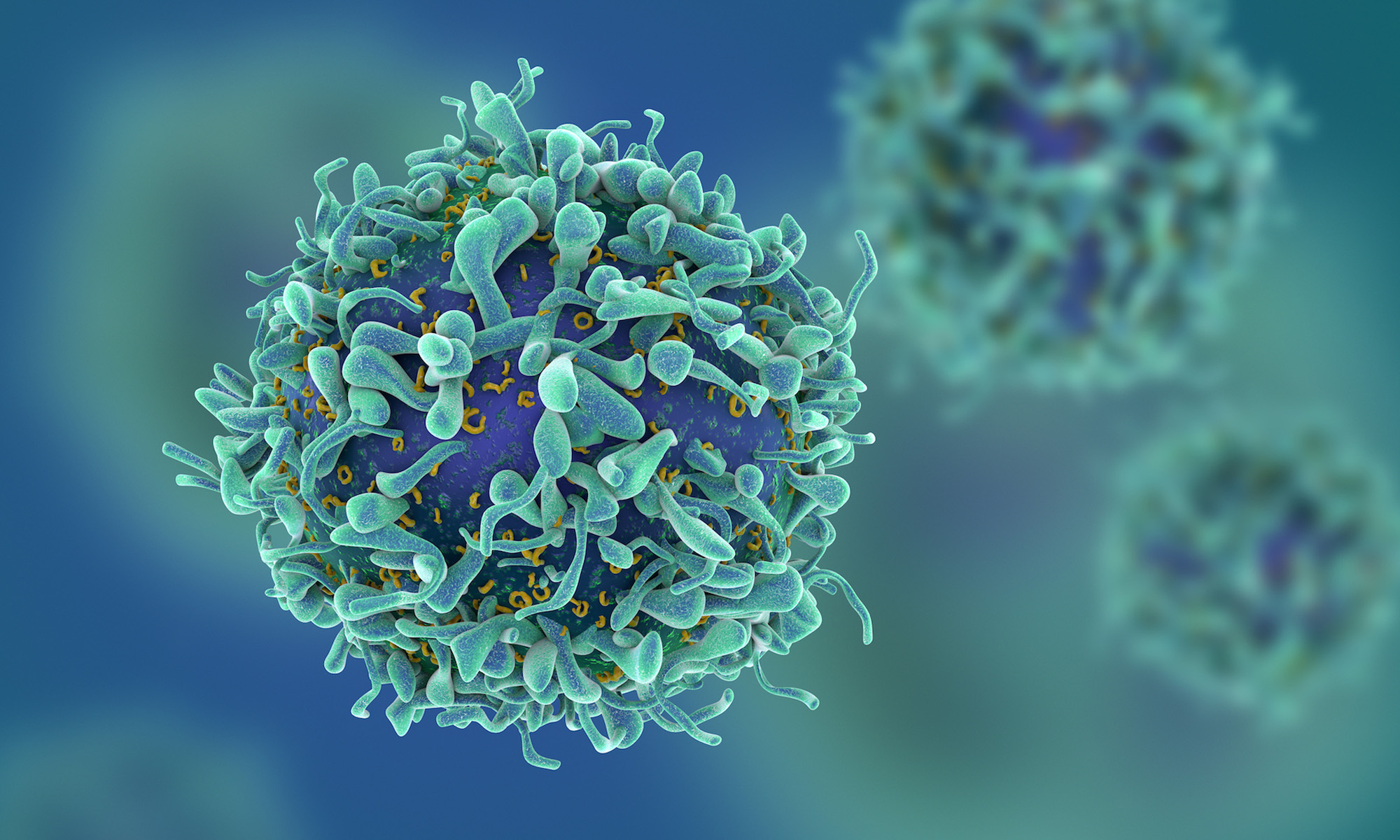News
FDA Approves Israeli Cancer-Freezing Technology
IceCure’s cancer-freezing technology relies on an innovative process referred to as cryoablation therapy.

Israeli healthtech companies and researchers have developed many life-saving technologies, some of which are now used in hospitals around the world. One highly promising medical technology has just been approved by the United States Food and Drug Administration (FDA) after demonstrating its ability to eliminate tumors using new cancer-freezing technology.
The groundbreaking technology comes from a healthtech company called IceCure. The company was founded in 2006, and it’s currently headquartered in the coastal city of Caesarea, Israel.
IceCure’s cancer-freezing technology relies on an innovative process referred to as cryoablation therapy. The goal of cryoablation is to insert a hollow needle into the breast until the tumor is reached. Liquid nitrogen is then precisely applied directly into a tumor to kill the abnormal tissue by freezing it at a very low temperature of -170°C (-274 F).
“We are basically covering the tissue with an ice ball. No tissue can survive such a low temperature,” explained Tlalit Bussi Tel-Tzure, vice president of business development and global marketing at IceCure. “Once the tissue is dead, it will dissolve in the body in a natural process and be absorbed in the body in a couple of weeks.”
The technology has already proved to be extremely successful when it comes to destroying kidney tumors, demonstrating perfect efficiency. Its main advantage is the fact that it can be carried out either at a doctor’s office or an outpatient facility thanks to its minimally invasive nature. The entire procedure can take less than one hour from start to finish, and it doesn’t leave any lasting physical mark on the body.
Also Read: Israelis Have Successfully Grown Mouse Embryos In Artificial Wombs
“Our main vision is to become the gold standard in breast cancer treatment,” said Eyal Shamir, CEO of IceCure Medical. “Most of the cases where you have good early detection are small tumors, considered early stage, and the only treatment available today is surgery.”
IceCure isn’t the only company exploring the application of cryoablation for treating breast cancer. There’s also California-based Sanarus Technologies, which has recently completed a clinical trial in the United States.
News
Google Releases Veo 2 AI Video Tool To MENA Users
The state-of-the-art video generation model is now available in Gemini, offering realistic AI-generated videos with better physics, motion, and detail.

Starting today, users of Gemini Advanced in the MENA region — and globally — can tap into Veo 2, Google’s next-generation video model.
Originally unveiled in 2024, Veo 2 has now been fully integrated into Gemini, supporting multiple languages including Arabic and English. The rollout now brings Google’s most advanced video AI directly into the hands of everyday users.
Veo 2 builds on the foundations of its predecessor with a more sophisticated understanding of the physical world. It’s designed to produce high-fidelity video content with cinematic detail, realistic motion, and greater visual consistency across a wide range of subjects and styles. Whether recreating natural landscapes, human interactions, or stylized environments, the model is capable of interpreting and translating written prompts into eight-second 720p videos that feel almost handcrafted.
Users can generate content directly through the Gemini platform — either via the web or mobile apps. The experience is pretty straightforward: users enter a text-based prompt, and Veo 2 returns a video in 16:9 landscape format, delivered as an MP4 file. These aren’t just generic clips — they can reflect creative, abstract, or highly specific scenarios, making the tool especially useful for content creators, marketers, or anyone experimenting with visual storytelling.
Also Read: Getting Started With Google Gemini: A Beginner’s Guide
To ensure transparency, each video is embedded with SynthID — a digital watermark developed by Google’s DeepMind. The watermark is invisible to the human eye but persists across editing, compression, and sharing. It identifies the video as AI-generated, addressing concerns around misinformation and media authenticity.
While Veo 2 is still in its early phases of public rollout, the technology is part of a broader push by Google to democratize advanced AI tools. With text-to-image, code generation, and now video creation integrated into Gemini, Google is positioning the platform as a full-spectrum creative assistant.
Access to Veo 2 starts today and will continue expanding in the coming weeks. Interested users can try it out at gemini.google.com or through the Gemini app on Android and iOS.
























